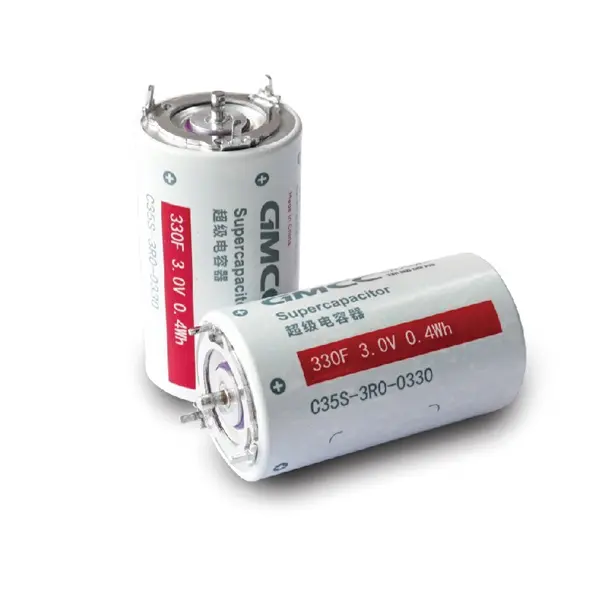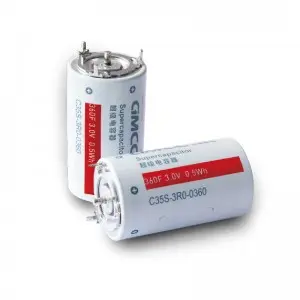The Power Capacitance of a 1-Farad Capacitor
Capacitors are essential components in electronic circuits, storing and releasing energy in the form of electric charge. One of the key specifications of a capacitor is its capacitance, measured in units called farads. In this article, we will explore how much power a 1-farad capacitor can store and release.
Power Capacitance of a 1-Farad Capacitor
A farad (F) is a unit of measurement of the capacitance of a capacitor. It is defined as the amount of charge stored on the plates of a capacitor when a voltage of one volt is applied between them. In other words, one farad is equivalent to one coulomb per volt (C/V).
The amount of power stored in a capacitor is directly related to its capacitance and voltage. The power stored in a capacitor can be calculated using the following formula:
Power (W) = 0.5 x Capacitance (F) x Voltage (V)2
For a 1-farad capacitor, if we assume a voltage of 1 volt, the power stored in the capacitor is:
Power (W) = 0.5 x 1 F x (1 V)2 = 0.5 W
Therefore, a 1-farad capacitor can store up to 0.5 watts of power.
Application Example: Lighting Circuit
Let’s consider an example application of a 1-farad capacitor in a lighting circuit. Assume that the circuit includes a LED light bulb with an input voltage rating of 5 volts and draws 200 milliamps (mA) of current from the capacitor. The capacitor will need to be charged to provide the necessary current to the LED bulb. Assuming a charging voltage of 5 volts, the charging current will be equal to the LED’s current draw (200 mA).
The charging time for the capacitor will depend on the charging current and the capacitance of the capacitor. However, as soon as the capacitor is charged, it will provide power to the LED bulb for as long as it needs to illuminate. The power drawn from the capacitor will be equal to the power stored in it, which is 0.5 watts in this case.
Summary
A 1-farad capacitor can store up to 0.5 watts of power. The amount of power stored in a capacitor is directly related to its capacitance and voltage rating. In applications where energy storage and release are essential, such as in lighting circuits or electric vehicles, capacitors with different capacitance ratings are used to meet specific power requirements. Understanding the power capabilities of capacitors is crucial for designers and engineers working with electronic circuits.
Post time: Oct-07-2023



